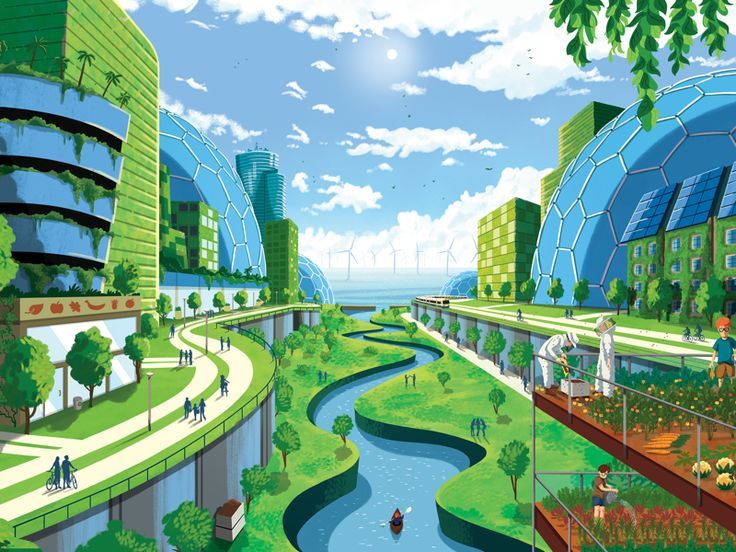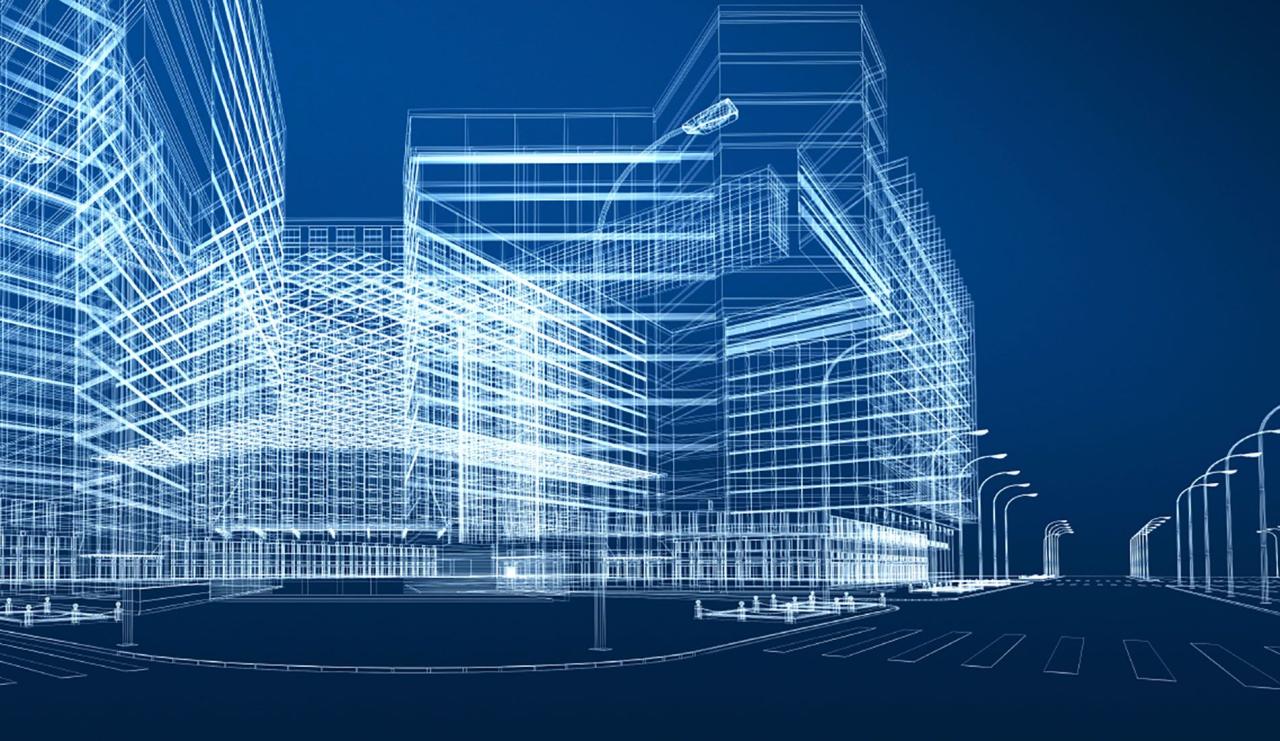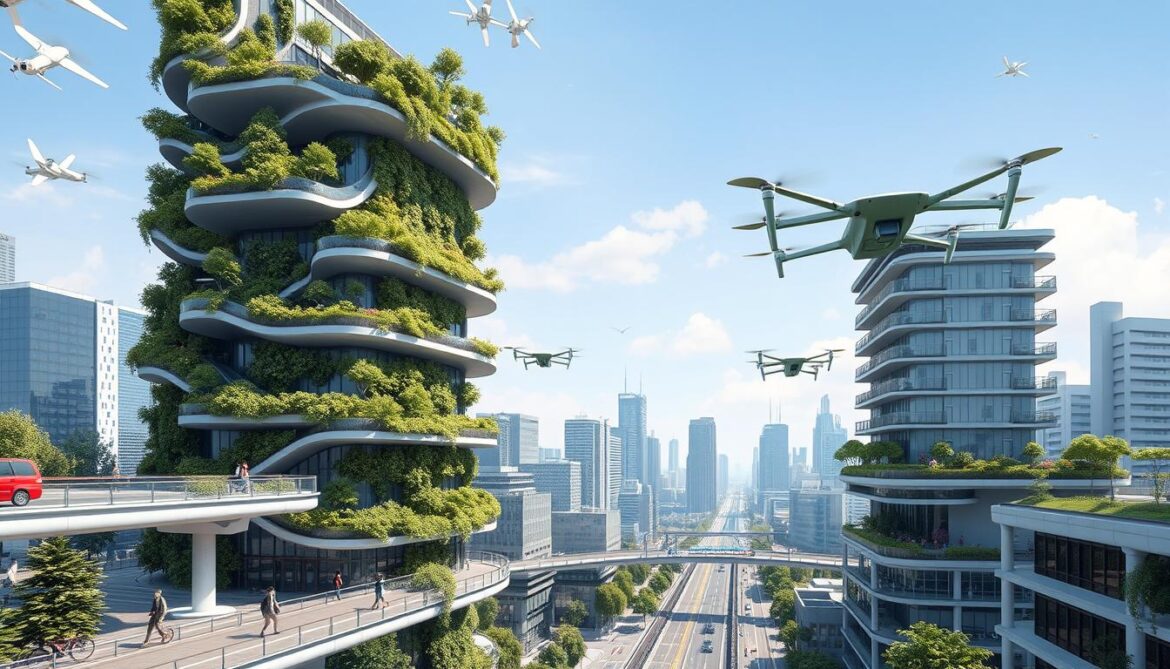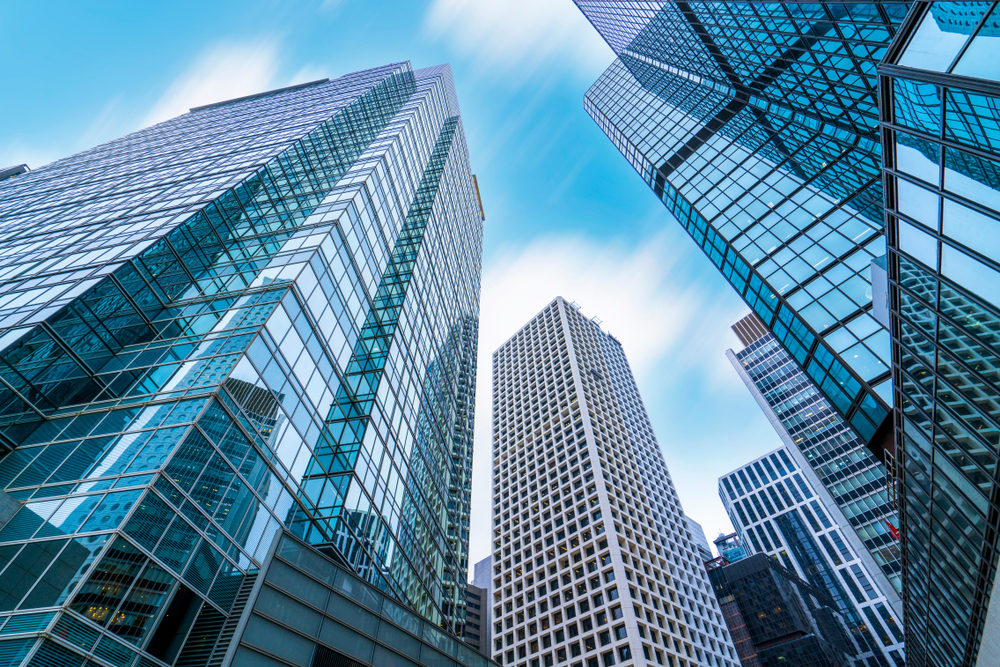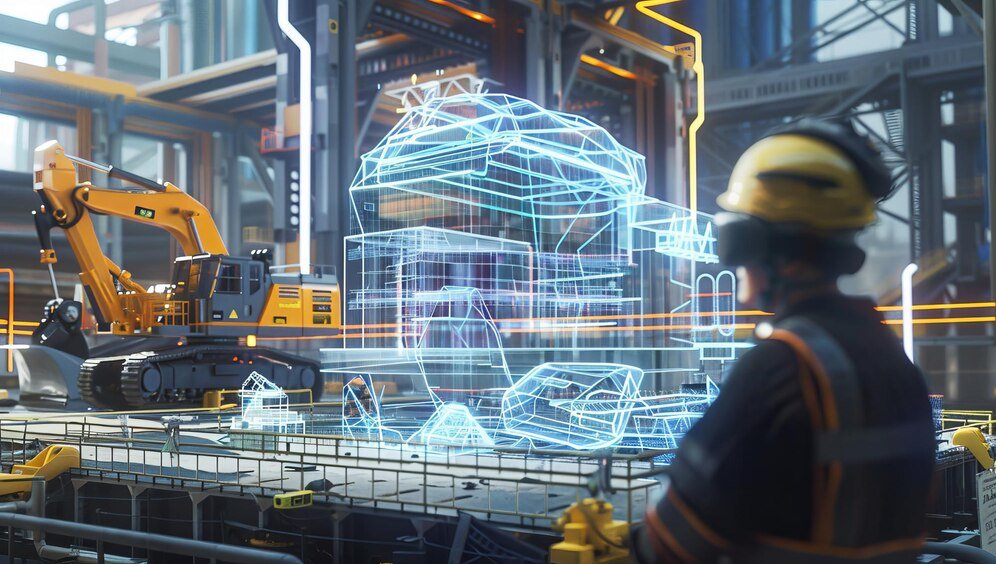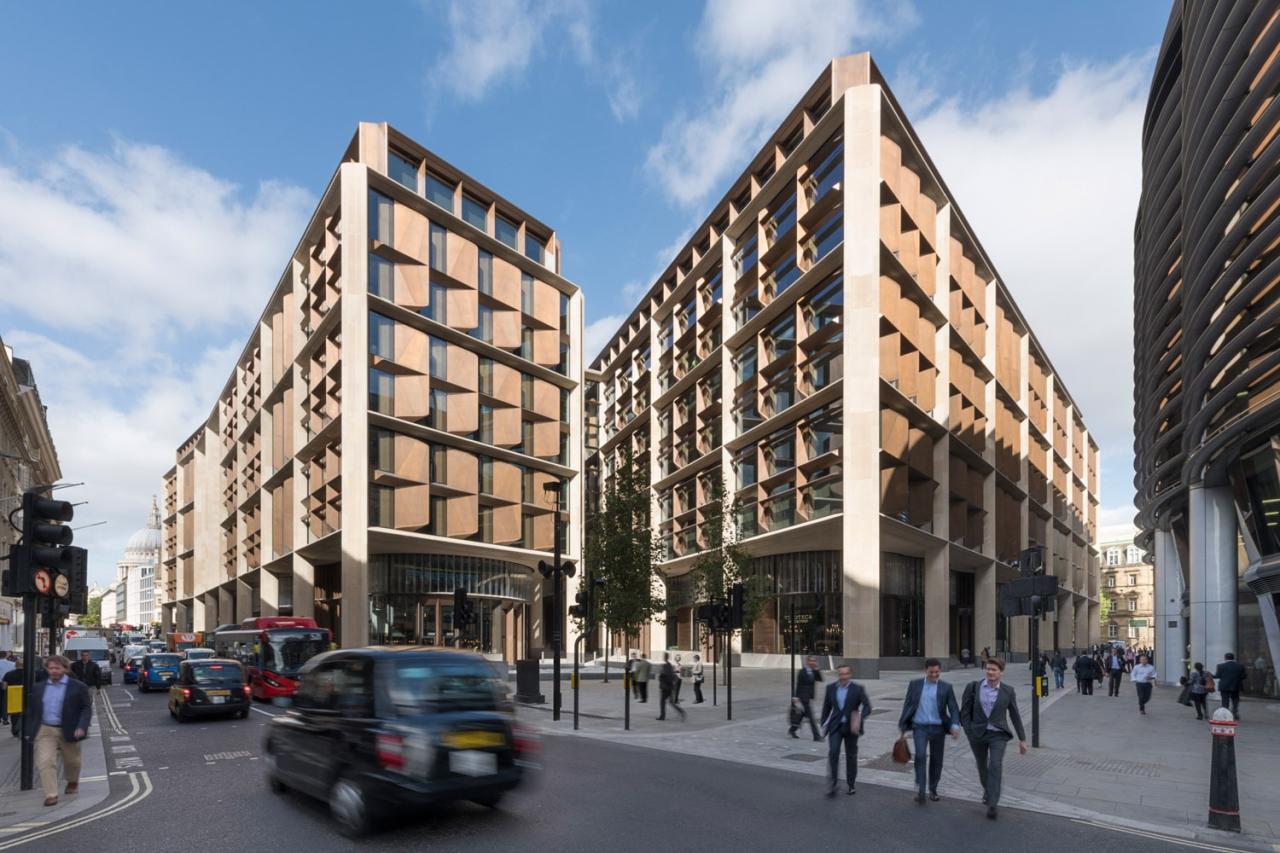As the global population continues its inexorable march towards ever-increasing urbanization, with projections indicating that nearly 70% of humanity will reside in urban areas by 2050, the concept of the sustainable city has transitioned from an aspirational ideal to an urgent imperative. This transformative vision involves designing, building, and managing urban environments in a manner that meticulously balances economic growth, social equity, and environmental protection. More than just green buildings or efficient public transport, sustainable cities represent a holistic, integrated blueprint for human settlements that can thrive indefinitely, ensuring a healthy and prosperous future for generations to come without compromising the planet’s finite resources. It’s about crafting the very blueprint for humanity’s continued existence on a rapidly changing Earth.
The Unavoidable Imperative: Why Sustainable Urbanization Matters
The rapid pace of urbanization, while a catalyst for economic development and social progress, has also unleashed a torrent of environmental, social, and economic challenges. These pressures underscore the critical need for a fundamental rethink in how our cities are conceived and managed.
A. Environmental Cataclysms and Resource Depletion
Cities, in their current conventional form, are disproportionately responsible for a vast array of environmental problems. Their expansive footprint and high consumption patterns exert immense pressure on the planet’s delicate ecosystems.
- Exacerbated Climate Change: Urban centers are gargantuan emitters of greenhouse gases, primarily due to energy consumption in buildings, industrial activities, and transportation. This contributes significantly to global warming, leading to more frequent and intense extreme weather events, rising sea levels, and ecosystem disruption.
- Rampant Resource Depletion: Cities are voracious consumers of natural resources—water, food, raw materials, and energy. Their linear ‘take-make-dispose’ model rapidly depletes finite resources, leading to scarcity and increased environmental degradation associated with extraction and processing.
- Pollution Overload: Urban areas are hotbeds of pollution. Air pollution from vehicle emissions and industrial activity causes respiratory diseases and premature deaths. Water pollution from industrial and domestic waste contaminates precious freshwater sources. Soil contamination degrades agricultural land and threatens biodiversity.
- Biodiversity Loss and Habitat Destruction: The relentless expansion of urban sprawl encroaches upon natural habitats, leading to the fragmentation and destruction of ecosystems. This directly contributes to the accelerating loss of biodiversity, weakening the planet’s natural resilience and disrupting vital ecosystem services like pollination and water purification.
- Waste Management Crises: Cities generate enormous quantities of solid waste. Inadequate waste management systems lead to overflowing landfills, ocean plastic pollution, and the release of harmful methane gas, further contributing to climate change and environmental blight.
B. Socio-Economic Disparities and Quality of Life
Beyond environmental concerns, unsustainable urban development often amplifies social inequalities and diminishes the overall quality of life for its inhabitants.
- Deepening Social Inequality: Rapid, unplanned urbanization often leads to the proliferation of informal settlements and slums, where access to basic services like clean water, sanitation, housing, and healthcare is severely limited. This exacerbates poverty and social exclusion.
- Strained Public Services: Exploding urban populations place immense strain on existing public services. Overburdened transportation networks lead to crippling traffic congestion. Inadequate housing supply drives up living costs. Education and healthcare facilities become stretched thin, impacting the well-being of citizens.
- Compromised Public Health: Beyond direct pollution impacts, urban design can undermine health. Lack of green spaces, reliance on sedentary transportation, and limited access to nutritious food contribute to chronic diseases and reduced mental well-being among urban dwellers.
- Economic Vulnerability: Cities reliant on single industries or unsustainable practices are economically vulnerable to shifts in global markets or resource availability. A diversified, resilient urban economy is crucial for long-term prosperity.
- Loss of Community and Identity: Uncontrolled urban development can erode local community bonds and cultural identity as historical neighborhoods are redeveloped without sensitivity to their social fabric.
These multifaceted challenges underscore that traditional urban development is no longer viable. The urgent need for sustainable cities is not merely an ecological concern but a profound socio-economic and existential imperative for humanity.
Foundational Pillars of a Sustainable City Blueprint
Building a truly sustainable city requires a holistic approach, integrating multiple dimensions. These pillars serve as the fundamental guiding principles for urban planning and development.
A. Green Infrastructure and Ecological Harmony
At its heart, a sustainable city must be in harmony with its natural environment. This involves prioritizing and integrating green infrastructure into the urban fabric.
- Preserving and Expanding Green Spaces: Urban planning must actively protect existing natural areas (forests, wetlands, rivers) and create new ones (parks, urban farms, green roofs, vertical gardens). These green spaces provide critical ecosystem services like air and water purification, biodiversity habitats, heat island effect mitigation, and recreational opportunities.
- Sustainable Water Management: Cities must move towards closed-loop water systems. This includes rainwater harvesting, greywater recycling, wastewater treatment and reuse for non-potable purposes, and aquifer recharge. Reducing reliance on external water sources and minimizing pollution of water bodies are paramount.
- Biodiversity Integration: Designing cities that actively support and enhance local biodiversity. This means creating wildlife corridors, using native plant species in landscaping, and protecting urban ecosystems. Urban farming and rewilding efforts can further contribute to ecological health.
- Climate Resilience and Adaptation: Sustainable cities are designed to withstand and adapt to the impacts of climate change. This involves implementing flood protection measures, designing heat-resilient buildings and public spaces, and developing early warning systems for extreme weather events.
B. Resource Efficiency and Circular Economy Principles
A truly sustainable city must operate on principles of efficiency and circularity, minimizing waste and maximizing resource utility.
- Energy Efficiency and Renewable Energy: Reducing energy consumption through smart building design (insulation, natural ventilation, passive solar), energy-efficient appliances, and smart grids. Crucially, transitioning rapidly to 100% renewable energy sources (solar, wind, geothermal) for electricity, heating, and cooling is non-negotiable.
- Waste Reduction and Circularity: Moving away from the linear ‘take-make-dispose’ model towards a circular economy. This involves extensive waste reduction strategies (source reduction), robust recycling and composting programs, and designing products and materials for longevity, reuse, and recyclability. Urban mining of waste for valuable resources becomes a significant opportunity.
- Sustainable Transportation Systems: Drastically reducing reliance on private, fossil-fuel-powered vehicles. This means investing heavily in efficient, accessible, and integrated public transportation networks (buses, trams, trains), promoting cycling infrastructure and walkability, and encouraging electric vehicles powered by renewable energy.
- Local Food Systems: Reducing the carbon footprint of food by promoting urban agriculture (rooftop farms, vertical farms, community gardens) and supporting local food producers. This enhances food security, reduces transportation emissions, and creates green jobs.
- Green Building Standards: Implementing and enforcing stringent green building codes that prioritize energy efficiency, sustainable materials, water conservation, and healthy indoor environments for all new constructions and major renovations.
C. Social Equity and Inclusivity
A sustainable city isn’t just ecologically sound; it’s also socially just and inclusive, ensuring a high quality of life for all its residents.
- Affordable and Equitable Housing: Ensuring access to safe, adequate, and affordable housing for all socio-economic groups. This requires diverse housing options, smart zoning, and policies to combat gentrification that displaces vulnerable populations.
- Accessible Public Services: Providing universal access to high-quality public services, including education, healthcare, public safety, and recreational facilities, strategically located within walking or cycling distance for residents.
- Inclusive Public Spaces: Designing public spaces (parks, plazas, community centers) that are safe, welcoming, and accessible to everyone, fostering social interaction and community cohesion.
- Citizen Participation and Governance: Empowering citizens to actively participate in urban planning and decision-making processes. Transparent, accountable, and participatory governance structures are essential for building trust and ensuring that urban development truly reflects the needs of its residents.
- Cultural Preservation and Identity: Protecting and celebrating the unique cultural heritage and identity of urban communities. Sustainable urban development respects historical landmarks, promotes local arts and traditions, and preserves the social fabric of neighborhoods.
D. Economic Vitality and Innovation
A sustainable city is economically resilient and fosters innovation while promoting green jobs and local prosperity.
- Green Job Creation: Investing in sectors related to renewable energy, sustainable construction, waste management, circular economy, and environmental services to create new employment opportunities.
- Local Economic Development: Supporting local businesses, small and medium enterprises (SMEs), and community-based economies. This builds local resilience and reduces reliance on long supply chains.
- Innovation Ecosystems: Fostering innovation hubs, research institutions, and incubators that drive technological advancements in sustainability, smart city solutions, and resource efficiency.
- Diverse Economic Base: Encouraging a diversified urban economy to reduce vulnerability to economic shocks and provide a wider range of employment opportunities for residents.
- Smart City Technology Integration: Leveraging data, IoT, AI, and connectivity to optimize urban services, improve traffic flow, enhance public safety, and manage resources more efficiently. However, this must be done ethically, with privacy considerations at the forefront.
Key Strategies and Technologies Driving Sustainable Urban Transformation
The transition to sustainable cities is being propelled by innovative strategies and cutting-edge technologies that empower urban planners and policymakers.
A. Smart City Technologies and Data-Driven Planning
The integration of smart city technologies is fundamental to optimizing urban functions and making data-driven decisions for sustainability.
- IoT Sensors: Deploying networks of sensors to monitor air quality, water levels, traffic flow, energy consumption, and waste bins, providing real-time data for better management.
- Big Data Analytics: Utilizing advanced analytics to process vast amounts of urban data, identify patterns, predict trends (e.g., congestion, pollution hotspots), and inform policy decisions.
- Artificial Intelligence (AI) and Machine Learning (ML): Applying AI/ML for optimizing traffic signals, predicting energy demand, improving waste collection routes, and personalizing public transport services.
- Digital Twins: Creating virtual replicas of physical urban assets (buildings, infrastructure networks) that are continuously updated with real-time data. This allows for simulation, analysis, and optimization before physical implementation, predicting the impact of changes.
- Integrated Platforms: Developing centralized platforms that integrate data from various urban systems (transport, energy, water, waste) to provide a holistic view and enable cross-sectoral optimization.
B. Green Building and Sustainable Urban Design
Rethinking how buildings and urban spaces are designed and constructed is paramount for resource efficiency and environmental impact reduction.
- Passive Design Principles: Designing buildings that minimize energy consumption through natural ventilation, optimal orientation for sunlight, strategic shading, and high-performance insulation.
- Renewable Energy Integration: Incorporating rooftop solar panels, building-integrated photovoltaics (BIPV), and small-scale wind turbines directly into building designs.
- Sustainable Materials: Prioritizing the use of recycled, locally sourced, low-carbon, and rapidly renewable materials (e.g., mass timber, bamboo, recycled concrete).
- Green Roofs and Walls: Installing vegetative roofs and living walls to improve insulation, manage stormwater, reduce urban heat island effect, and enhance biodiversity.
- Mixed-Use Development: Creating vibrant neighborhoods where residential, commercial, and recreational spaces are integrated, reducing the need for long commutes and fostering walkability.
C. Advanced Waste and Resource Management Systems
Moving towards a circular economy requires sophisticated systems for managing urban resources, particularly waste.
- Automated Waste Collection: Implementing smart bins with sensors that signal when they are full, optimizing collection routes and reducing fuel consumption.
- Waste-to-Energy Plants: Converting non-recyclable waste into energy through incineration or anaerobic digestion, reducing landfill volume and generating electricity.
- Advanced Recycling Technologies: Investing in cutting-edge facilities that can efficiently sort and process a wider range of materials, including plastics, electronics, and textiles.
- Industrial Symbiosis: Creating networks where the waste or byproduct of one industry becomes a raw material for another, mimicking natural ecosystems.
- Water Recycling and Desalination: Developing advanced wastewater treatment plants for greywater and blackwater recycling, and potentially sustainable desalination plants in water-scarce coastal cities, powered by renewables.
D. Citizen Engagement and Participatory Planning
No sustainable city can thrive without the active involvement and buy-in of its citizens.
- Digital Engagement Platforms: Using online platforms, mobile apps, and social media to solicit citizen feedback, share information about urban projects, and facilitate community discussions.
- Participatory Budgeting: Empowering citizens to directly decide how a portion of the municipal budget is spent, particularly on local sustainability initiatives.
- Community Gardens and Urban Farms: Encouraging community-led initiatives that promote local food production, foster social cohesion, and green urban spaces.
- Educational Programs: Implementing public awareness campaigns and educational programs about sustainable living, resource conservation, and environmental stewardship.
- Incentive Programs: Offering incentives for sustainable behaviors, such as public transport use, recycling, or installing rooftop solar.
The Road Ahead: Challenges and Future Outlook for Sustainable Cities
Despite the clear imperative and numerous innovative solutions, the journey towards truly sustainable cities is fraught with complex challenges that require concerted, multi-stakeholder efforts.
A. Overcoming Implementation Hurdles
The transition from concept to widespread implementation faces significant obstacles.
- Funding and Investment: Sustainable urban development often requires substantial upfront investment in new infrastructure, technologies, and renewable energy systems. Securing adequate financing, attracting private investment, and developing innovative funding models are critical challenges.
- Policy and Regulatory Frameworks: Outdated regulations, bureaucratic inertia, and a lack of integrated policy frameworks can hinder sustainable development. Governments must develop supportive policies, clear standards, and streamlined approval processes.
- Technological Integration and Interoperability: Integrating disparate smart city technologies and ensuring interoperability between different systems can be complex. Developing open standards and common data platforms is essential.
- Governance and Stakeholder Coordination: Sustainable urban transformation requires unprecedented coordination among diverse stakeholders—government agencies, private sector, academic institutions, civil society organizations, and citizens. Overcoming siloed thinking and fostering collaborative governance models is a major challenge.
- Resistance to Change: Shifting established behaviors and overcoming resistance from vested interests or citizens accustomed to less sustainable practices can be difficult. Effective communication and public engagement are crucial.
B. Ensuring Social Equity and Preventing Green Gentrification
While sustainability aims for a better quality of life, there’s a risk of unintended consequences if not managed carefully.
- Preventing Gentrification: Green initiatives (e.g., new parks, improved public transport) can sometimes increase property values, leading to gentrification and the displacement of low-income residents. Sustainable city planning must include robust policies for affordable housing and community protection.
- Equitable Access to Green Benefits: Ensuring that the benefits of sustainable infrastructure (clean air, green spaces, efficient transport) are equitably distributed across all neighborhoods, not just affluent ones. Addressing environmental justice issues is paramount.
- Digital Divide: As smart city technologies become more prevalent, ensuring that all citizens, regardless of their socio-economic status, have access to and can benefit from these digital services. Bridging the digital divide is crucial for inclusivity.
C. Adapting to Climate Change and Unforeseen Disasters
Cities, especially coastal ones, are on the front lines of climate change impacts.
- Robust Climate Adaptation: Developing comprehensive strategies to adapt to specific climate threats (sea-level rise, heatwaves, extreme precipitation). This includes building resilient infrastructure, developing early warning systems, and community preparedness plans.
- Resource Security: Ensuring long-term security of vital resources like water and food in the face of climate change and population growth. This involves diversifying sources and improving efficiency.
- Pandemic Preparedness: Designing cities that are resilient to future pandemics, including robust public health infrastructure, adaptable public spaces, and flexible working arrangements.
D. The Long-Term Vision: From Smart to Regenerative Cities
The ultimate ambition extends beyond mere sustainability to creating cities that actively regenerate natural systems.
- Nature-Based Solutions (NBS): Increasingly integrating NBS into urban planning, such as constructed wetlands for water purification, urban forests for air quality and carbon sequestration, and bioswales for stormwater management.
- Positive Impact Cities: Moving beyond ‘doing less harm’ to actively ‘doing good’ – designing cities that produce more energy than they consume, purify more water than they use, and enhance biodiversity.
- Hyper-Local Production and Consumption: Fostering highly localized circular economies where production, consumption, and waste management occur predominantly within urban boundaries or immediate peripheries.
- Bio-Integrated Urbanism: Exploring advanced concepts where buildings and urban infrastructure seamlessly integrate with living biological systems, blurring the lines between the built and natural environments.
Conclusion
The concept of the sustainable city stands as humanity’s most ambitious and crucial blueprint for a thriving future on Earth. It is a multifaceted challenge, demanding a holistic architectural approach that transcends traditional urban planning. By meticulously integrating green infrastructure, optimizing resource efficiency through circular economy principles, ensuring profound social equity and inclusivity for all residents, and fostering dynamic economic vitality, cities can evolve into vibrant, resilient, and life-supporting ecosystems.
The journey towards this future is underpinned by the intelligent adoption of cutting-edge technologies—from smart city data analytics and AI-driven optimization to advanced green building standards and innovative waste management systems. However, technology alone is not the panacea. Success hinges equally on overcoming formidable challenges in funding, governance, stakeholder coordination, and, critically, fostering genuine citizen engagement. As we navigate the escalating complexities of climate change and population growth, the imperative to build truly sustainable cities becomes ever more pressing. These urban centers, designed with foresight and empathy, will not only safeguard our planet’s future but also elevate the quality of life for billions, truly becoming the enduring blueprint for humanity’s harmonious existence.

